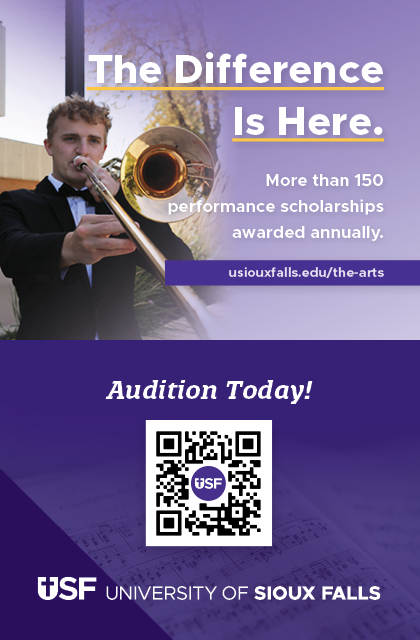Written by Anna Vorhes
BORN
November 14, 1900, New York, New York
DIED
December 2, 1990, Sleepy Hollow, New York
COMPOSED
1943 on a commission from Elizabeth Sprague Coolidge for a "dance piece" for Martha Graham who gave the piece the title Appalachian Spring after a Hart Crane poem
PREMIERED
The complete ballet was presented at the Library of Congress' Coolidge Auditorium with Martha Graham and Merce Cunningham dancing the lead roles, on October 3, 1944. The suite for full orchestra was premiered by Artur Rodzinski and the New York Philharmonic Symphony on October 4, 1945
INSTRUMENTATION
two flutes, two oboes, two clarinets, two bassoons, two horns, two trumpets, two trombones, timpani, percussion, harp, piano, strings
DURATION
23 minutes
SOMETHING INTERESTING TO LISTEN FOR
The comparison has been made between Copland's orchestra style and the style of pointillistic painters. The painters use the tips of their brushes to create a picture that can be viewed as a complex scene from far away but looks like mere dots viewed too close. Copland uses the instruments of the orchestra in a rather similar fashion. Each instrument or family might have only a few notes at a time, but combined with the orchestra around them the result offers lovely melodies with complex but light harmony. No matter how many times an orchestra performs this piece, it requires attention to fit the parts together in the most aesthetic way. With an orchestra like the SDSO, this piece is enchanting and showcases the ensemble's finesse.
PROGRAM NOTES
Telling American stories was a large part of Aaron Copland's mission as a composer. His third ballet, Appalachian Spring was written for choreographer Martha Graham and underwritten by the Elizabeth Sprague Coolidge Foundation for production in their theater in the Library of Congress. The plot of the ballet revolves around a bride and groom being given their newly constructed farmhouse in pioneer days. Friends and neighbors and a traveling revival preacher all offer advice and encouragement. In Copland's words, the work ends with the couple left "quiet and strong in their new home."
The working title of the ballet was "Ballet for Martha", which remains in the score as a dedication. The actual title was chosen by Martha Graham herself, after the work was completed and the premier was being prepared. She had read a poem by Hart Crane called "The Dance" from a group of poems called "The Bridge." The poem describes a canoe trip, with one line beginning, "O Appalachian Spring!" That became the title of the ballet, referring to the rural area where Martha imagined the ballet to be taking place. Copland hadn't been thinking of Appalachia, or the actual water spring referred to in the poem, or even the season of spring when he wrote the music. He wasn't upset by the connection, however. "Over and over again," he said in 1981, "people come up to me after seeing the ballet on stage and say, "Mr. Copland, when I see that ballet and when I hear your music, I can just see the Appalachians and I just feel spring.' Well, I'm willing if they are!" Tonight's version is the fully orchestrated suite rather than the thirteen instruments that accompanied the original ballet.
The most familiar melody from this work is a hymn Copland borrowed from the Shakers. The Shakers are an unusual small sect found primarily in Pennsylvania. They were quite active in the nineteenth century. Their beliefs include simple living using good designs, which makes their handcrafted furniture highly sought after. One of their innovations was taking the round bundle of straw that made up a broom and sewing it flat to create the shape we think of as a broom today. The worship services of the Shakers include trance states self-induced by spinning around, rather like the Islamic dervishes. In addition, the Shakers are a celibate religion, living communally segregated into men's and women's groups. To insert a hymn from that tradition into a wedding about a bride and groom seems a bit ironic, but the hymn is one that reveres the simple life that allows time for close connections with God. It has become an American staple, and Copland also presented choral and vocal solo versions of it.


